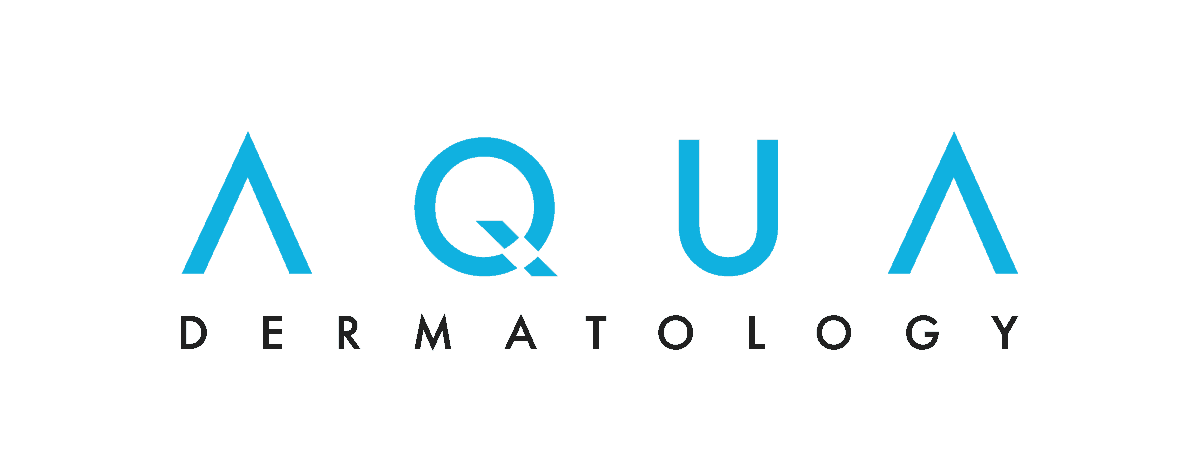
Despite the miserable itching it causes, poison ivy rash clears up on its own and can usually be treated at home.
For mild to moderate cases, the home remedies below can help ease the itching. Before you do anything else, thoroughly wash exposed skin with soap and water to remove the culprit, an oil called urushiol, and put any clothing that touched the plant directly into the washing machine (wear gloves).
What to use
- Antihistamine pills. Poison ivy rash is caused by an allergic reaction to urushiol. An oral antihistamine can take the edge off the itching. Follow the directions on the package.
- Hydrocortisone If you have over-the-counter hydrocortisone cream, now is the time to break it out. It can relieve the itching by decreasing inflammation. Use it for the first few days only.
- Calamine lotion. That’s right – the same lotion you use on chicken pox can help with poison ivy rash as an alternative to hydrocortisone
- Cold compresses. A cold, wet washcloth can help provide some temporary relief by decreasing inflammation and creating a mild numbing effect.
- Lukewarm baths. Like a cold compress, a lukewarm bath can feel good. Add a store-bought colloidal oatmeal product for benefits that outlast the bath. Don’t have one? Grind whole, uncooked oats into a very fine powder in a food processor. A cup of baking soda is also a good alternative.
- Aluminum acetate. Once the blisters begin to ooze, applying a compress soaked in aluminum acetate solution, which is an astringent, can help dry them up. This can also reduce the itching by shrinking swelling. Domeboro is one brand. Follow the directions on the package.
What not to use
While the following products may seem helpful for poison ivy rash, they can actually make it worse:
- Topical antihistamines (like Benadryl cream)
- Anesthetic creams that contain a pain-relieving agent like benzocaine
- Antibiotic creams that contains neomycin or bacitracin
When to see a doctor
Mild or moderate cases of poison ivy rash don’t usually require a visit to the dermatologist, but if the itching is unbearable, you should make an appointment. The provider can prescribe a corticosteroid cream, pill or injection (in extreme cases). If the rash has become infected, the doctor might also prescribe an oral antibiotic.
You should also see a dermatologist if you’re uncertain what triggered the rash.
Though rare, severe reactions to urushiol can happen and require medical attention. If you have a fever, you’re having trouble breathing, you have a rash near or around your eyes, mouth or genitals or the rash covers most of your body, seek medical help immediately. It is also advised to see a dermatologist if the rash covers a large portion of your face or doesn’t improve after a few weeks.
Article Written By: Marianne Wait, an award-winning health and wellness writer based in New Jersey.
Medical Review By: Ted Schiff, MD





